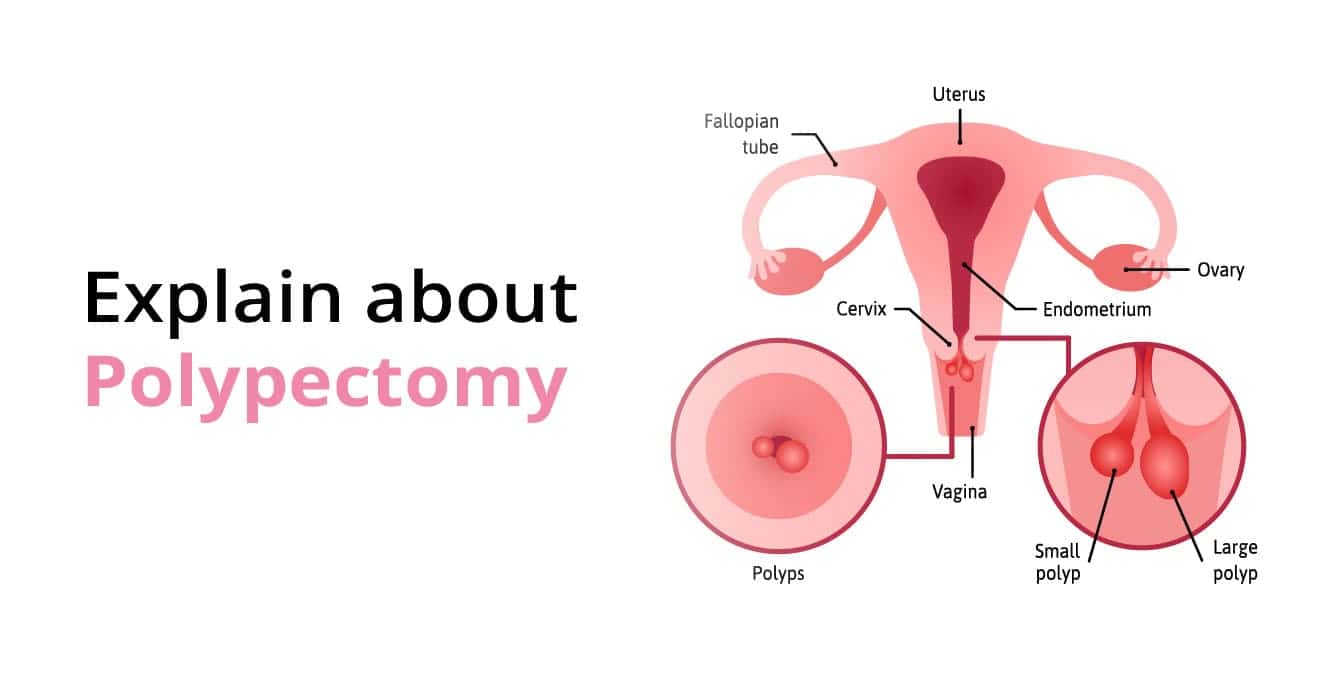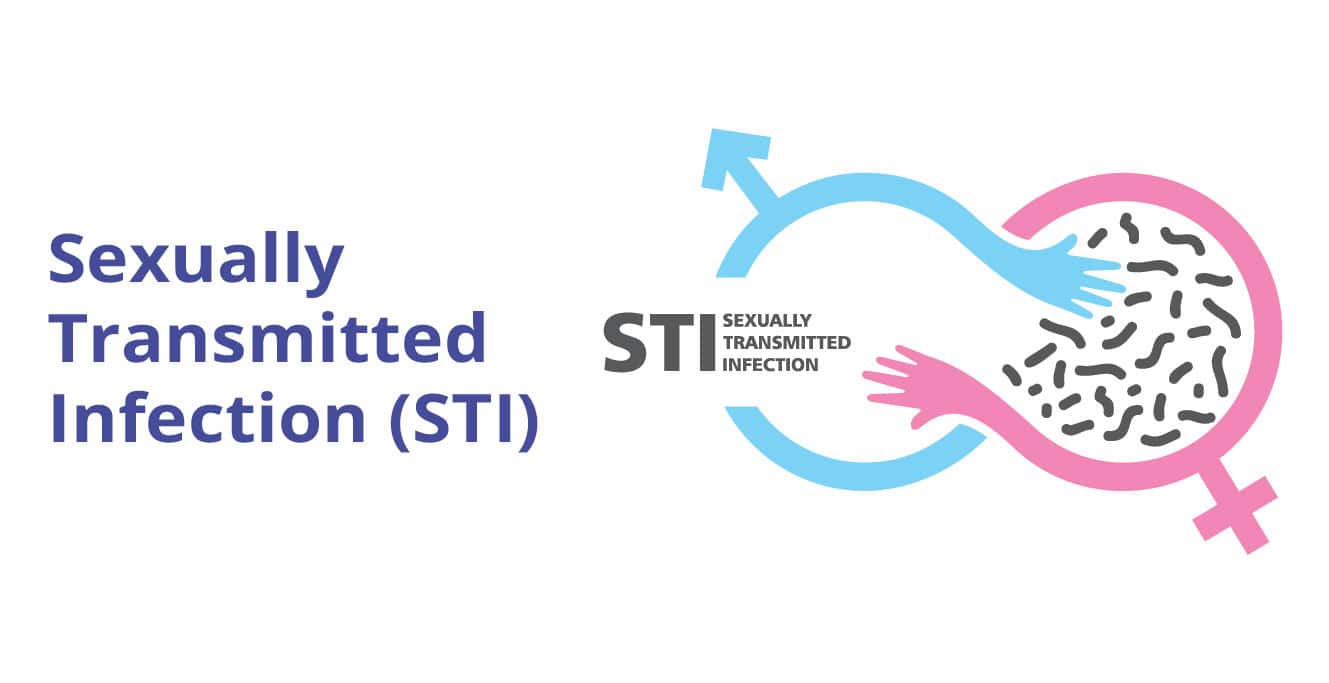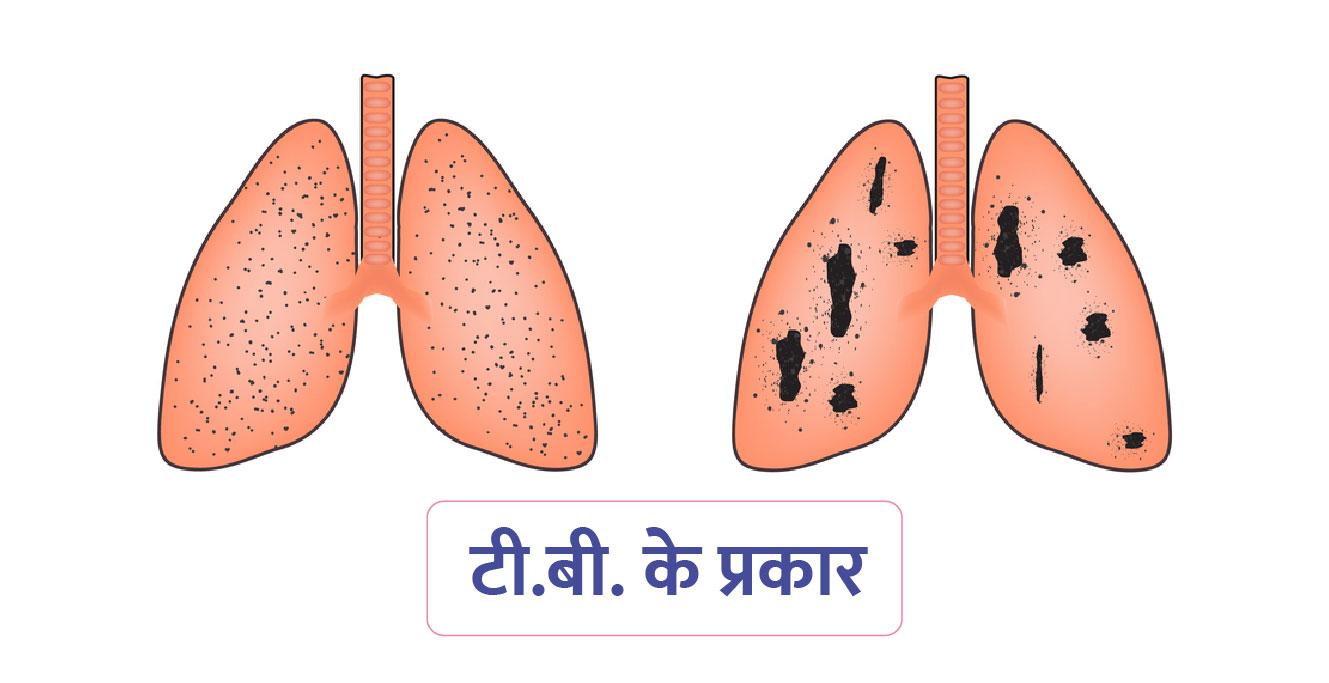Polypectomy: Polyp Symptoms, Diagnosis, and Treatments
- Published on August 12, 2022

A polypectomy is a medical procedure conducted to remove a polyp. This is tissue growth that develops inside an organ or within a cavity in the human body.
Polyps can be malignant or benign. If not removed sooner, they can turn cancerous, though some do go away on their own. If diagnosed early, your medical provider can suggest proper action.
This may include a polypectomy.
Table of Contents
Polyp symptoms
Polyps are tissue growths. They tend to resemble tiny, flat-looking, or mushroom-like growths with a stalk. They are usually less than half an inch wide.
The most common type of polyps develops in the uterus and colon. They can also develop in the ear canal, cervix, stomach, nose, and throat.
Polyp symptoms completely depend on their location and size. Here’s a rundown of symptoms:
- Colon, large intestine, rectum: constipation, abdominal pain, blood in stool, diarrhoea
- Uterine lining: Vaginal bleeding, irregular menstrual bleeding, infertility
- Cervix: Usually no symptoms. Can result in heavy menstrual bleeding or sexual intercourse, or unusual vaginal discharge
- Stomach lining: Tenderness, bleeding, vomiting, nausea
- Nose or close to sinuses: Loss of smell, nose pain, headache
- Ear canal: Loss of hearing and blood drainage from the ear
- Vocal cords: Voice is hoarse voice in a period of days to weeks
- Bladder lining: Frequent and painful urination, blood in urine
- Gallbladder lining: Bloating, pain in the right abdomen, nausea, and difficulty in eating
Causes of polyp growth
One trigger for the growth of polyps is a family history of certain syndromes. Other causes can include inflammation, the presence of a tumour, a cyst, a foreign object, genetic mutation in the colon cells, long-drawn stomach inflammation, and excess estrogen hormone.
Common polyp syndromes include:
- Lynch syndrome: Polyps tend to develop in the colon and can quickly turn cancerous. It can lead to tumours in the breast, stomach, small intestine, urinary tract, and ovaries.
- Familial adenomatous polyposis (FAP): This rare disorder triggers the development of up to thousands of polyps on the colon lining during teenage. It increases the risks of colon cancer
- Gardner’s syndrome: Polyps can develop throughout the colon and small intestine, as well as noncancerous tumours in the skin, bones, and abdomen.
- MUTYH-associated polyposis (MAP): Mutations in the MYH gene cause the development of multiple noncancerous polyps and colon cancer at a young age.
- Peutz-Jeghers syndrome: The body develops freckles all over, including feet, lips, and gums, and noncancerous polyps throughout the intestines, which can become malignant, later on
- Serrated polyposis syndrome: It leads to multiple, noncancerous polyps in the early part of the colon, which can turn cancerous over time.
Diagnosis of polyps
Your medical care provider will perform a number of physical exams and tests that can zero in on the exact location, size, and type of polyp.
They will do imaging tests such as X-rays, ultrasounds, and CT scans, to confirm the location and size of the polyps. Post location, they will conduct procedures to extract a sample, which will then be tested for malignancy.
- Esophagogastroduodenoscopy or endoscopy: To extract a sample from the small bowel and stomach
- Biopsy: For areas of the body that are easier to access
- Colonoscopy: Sample extraction for polyps in the colon
- A mirror is held in the back of the mouth to extract samples of polyps on the vocal cords
- Nasal endoscopy: To check polyps in the nasal cavity
Treatment of polyps that reduce fertility
The treatment for polyps varies widely depending on location, size, and type. Once your doctor identifies the exact characteristics, he will be in a position to remove them.
For example, polyps in the throat tend to be harmless and often go away on their own. Rest and voice therapy is recommended to expedite their departure.
In some cases, the doctor will proceed to surgically remove polyps to ensure against any development of cancer in the future.

The polypectomy surgery procedures vary based on the location of the polyp. Here is a look at three types of polyp growth that specifically impact fertility:
- Hysteroscopic polypectomy: Removal of polyp inside the uterus. Polyps can potentially blocked fallopian tubes, thus preventing the sperm from reaching the ovum for fertilization. The presence of polyps in the uterus can increase the potential for miscarriages; hence, they are best removed.
- Cervical polypectomy: Removal of polyp in the cervix, the lower end of the uterus, which connects it to the vagina. The cervix is about 2.5 to 3.5 centimetres and enables the passage of menstrual blood into the vagina and the foetus to pass from the uterus into the vagina during the birthing process.
- Endometrial polypectomy: Removal of polyps on the uterine lining. A study proved that the chances of pregnancy increased by 78% once polyps were removed from the uterine lining.
Treatment of other types of polyps
Polyps may be a founder in several other critical organs. It is extremely important to detect if the polyp is cancerous and get treatment from a specialist immediately.
Other types of polypectomy are as follows:
- Nasal polypectomy: Removal of polyp in the nasal passages and near sinuses
- Rectal polypectomy: Removal of polyps in the rectum
- Colonoscopic polypectomy: Removal of polyps in the colon
- Cold Snare polypectomy: Removal of very tiny polyps of less than 5 mm, to reduce future incidence and mortality rate of colorectal cancer
Takeaway
Polypectomy surgery conducted in the uterus, uterine lining and cervix plays an important role in increasing fertility rates and the potential for conception and safe delivery. Pregnancy can be achieved through natural pregnancy, intrauterine insemination and in vitro fertilization.
Make sure you consult a fertility specialist who can recommend holistic treatment in line with your fertility goals. To know more about polyps and polypectomy, visit Birla Fertility and IVF Clinic, or book an appointment with Dr. Shilpa Singhal.
FAQs:
1. What is a polypectomy?
Polypectomy is the surgical removal of a polyp, a type of tissue growth. The most common types are uterine polypectomies (removal of polyps developed on the uterine lining) and colon polypectomies (removal of polyps developed inside the colon).
2. How do I know which type of polypectomy is needed?
It depends on the location of the polyp in the human body, the size, whether it is malignant or benign, as well as the history of cancer in your family. Your medical care provider will determine all the facts and then recommend a course of treatment. This may include a polypectomy meaning surgery to remove the polyps.
3. Can polypectomy increase fertility?
Polyps that grow in the uterus, cervix, and uterine lining increase the chances of infertility as they cause blockages in important processes such as menstruation and fertilization. Hysteroscopic polypectomy, cervical polypectomy and endometrial polypectomy remove the polyps causing the blockages and hence, increase chances of pregnancy.
4. Can polypectomy increase the chances of natural birth?
Yes, it can. However, if natural birth does not occur, a procedure like intrauterine insemination and in vitro fertilization can be pursued for pregnancy.
Related Posts
Written by:
Dr. Shilpa Singhal
Consultant
Dr. Shilpa is an experienced and skilled IVF specialist providing a wide range of infertility treatment solutions to people across India. With over 11 years of experience under her belt, she has contributed immensely to the medical fraternity in the field of fertility. She has performed over 300 infertility treatments with a high success rate that has transformed the lives of her patients.
Dwarka, Delhi
Our Services
Fertility Treatments
Problems with fertility are both emotionally and medically challenging. At Birla Fertility & IVF, we focus on providing you with supportive, personalized care at every step of your journey towards becoming a parent.Male Infertility
Male factor infertility accounts for almost 40%-50% of all infertility cases. Decreased sperm function can be the result of genetic, lifestyle, medical or environmental factors. Fortunately, most causes of male factor infertility can be easily diagnosed and treated.We offer a comprehensive range of sperm retrieval procedures and treatments for couples with male factor infertility or sexual dysfunction.
Donor Services
We offer a comprehensive and supportive donor program to our patients who require donor sperm or donor eggs in their fertility treatments. We are partnered with reliable, government authorised banks to source quality assured donor samples which are carefully matched to you based on blood type and physical characteristics.Fertility Preservation
Whether you have made an active decision to delay parenthood or are about to undergo medical treatments that may affect your reproductive health, we can help you explore options to preserve your fertility for the future.Gynaecological Procedures
Some conditions that impact fertility in women such as blocked fallopian tubes, endometriosis, fibroids, and T-shaped uterus may be treatable with surgery. We offer a range of advanced laparoscopic and hysteroscopic procedures to diagnose and treat these issues.Genetics & Diagnostics
Complete range of basic and advanced fertility investigations to diagnose causes of male and female infertility, making way for personalized treatment plans.Fertility Calculators
Empower your journey to parenthood with our fertility calculators. Accurate, personalized guidance for your fertility goals.








































